The CEO launched a strategy to create a vision and values for business is very important. This is the one job the CEO cannot delegate. Additionally, as VF’s former CEO, Rob Gregory explains: “CEOs must own their organizations’ strategic, organizational and operating processes. While most of the actual work in these areas is delegated, CEOs retain ultimate accountability because they are the critical points of integration between owners or boards and organizations. Because that is the key point, as a catalyst between the owners and the management. But today, the role is no longer as before, forcing enterprises to consider, "redefined" the work of the CEO".
A good CEO is to understand and know each task work breakdown individualized reasonable to assume and quick to resolve complex situations in business.
The Strategic Process is about the creation and allocation of the right resources to the right places in the right way over time. It comes from the Greek “strategos” and is the art of the general, arranging forces before battle. Think in terms of broad choices for how to achieve objectives. Later the term "strategy" is used commonly in the field of business, besides that this phrase also talked about the intention to achieve the objectives of the CEO.

The Organizational Process is about people, assignment, and management operating plan. Organization can’t get from strategy to execution without people. The strongest organizations have what Jorge Pedraza called “tactical capacity”: “A team’s ability to work under difficult, challenging conditions and to translate strategies into tactical actions decisively, rapidly, and effectively” (from The New Leader’s 100-Day Action Plan, Wiley & Sons).
Operational Process. This is about leash management for the CEO, is a "bridge" between businesses and individuals. Tasks generally get done and managed daily by first-line managers. Projects, made up of tasks, can be managed and tracked weekly. Programs, made up of projects, can be managed and tracked monthly. So, if things are going well with a particular program, CEOs should be satisfied with monthly updates. If things are going less well, CEOs should shorten leashes and intervene more frequently.
The Operational Process is about making things happen, tactics. This comes from the Greek “taktikos,” the art of deploying forces duringbattle. This includes the ways to put the task into the project as well as the ability to divide, each rotation of personnel.
The Governance Process is about ensuring compliance with laws, regulations and policies. Note this process is generally owned by the board.
Strategic Process: Many organizations re-look at their long-term strategies on some sort of annual basis. While the CEO may delegate process management to someone like the head of strategic planning, CFO or the like, the CEO must be intimately involved in key decisions. If vision and values are the CEO’s No. 1 job, strategy is a close second.
Organizational Processes have both long-term and short-term components as they bridge from strategy to execution. This connection will make processes become more tightly. The direct participation of the CEOS in each of the different work of the Organization will increase the more the sure, the scale of the business

After all, the best CEOs deploy differential delegation based on the strength of their team and complexity of their situation. If CEO follow the 40-30-20-10 Rule of Time Management, you’ll spend 40% of your time on your No. 1 priority – most likely strategic, 30% of your time on your No. 2 priority – most likely organizational, and 20% of your time on your No. 3 priority – most likely operational. CEO’s level of delegation will be inverse to that with more delegation of operational and less of strategic issues. Most of CEO have unbalanced strengths. Make sure CEO building complementary strengths in organization. If relatively weak operationally, need a strong chief operating officer. If relatively weak organizationally, need a strong chief human resource officer. If relatively weak strategically, make sure someone can help CEO with that, from any position.
Depending on the circumstances, each issue that CEOs need to review the position, tasks and all abilities, understand its strengths-weaknesses. Because each time the economy will always have challenges, different opportunities forced the CEO must as "chameleon" always know improvise with each single movemen.
Source Forbes









.jpg)
.jpg)
